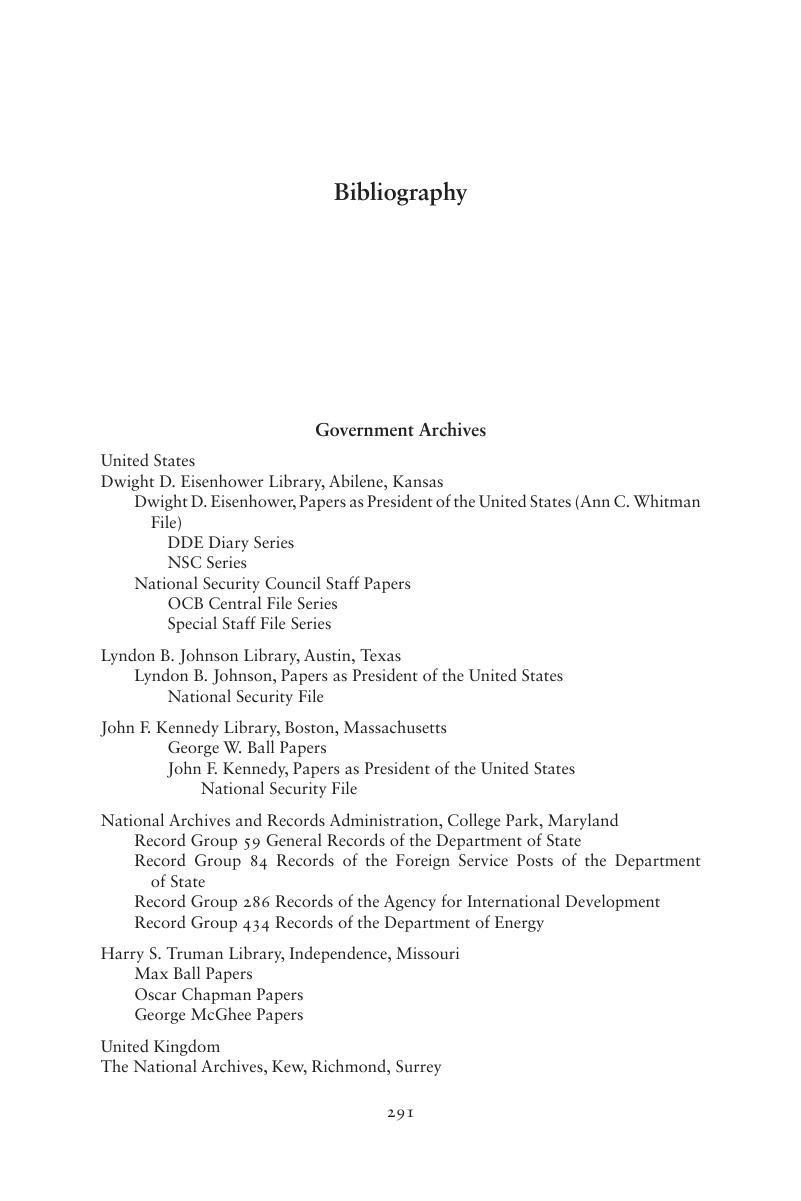Book contents
- Envisioning the Arab Future
- Global and International History
- Envisioning the Arab Future
- Copyright page
- Dedication
- Dedication
- Contents
- Figures
- Maps
- Acknowledgments
- Note on Transliteration and Translation
- Abbreviations
- Maps
- Introduction
- 1 The Age of Speed
- 2 Imperial Legacies
- 3 City of the Future
- 4 Yeoman Farmers
- 5 The People’s Court
- 6 The “New Men”
- 7 Changing Course
- Conclusion
- Bibliography
- Index
- References
Bibliography
Published online by Cambridge University Press: 02 March 2017
- Envisioning the Arab Future
- Global and International History
- Envisioning the Arab Future
- Copyright page
- Dedication
- Dedication
- Contents
- Figures
- Maps
- Acknowledgments
- Note on Transliteration and Translation
- Abbreviations
- Maps
- Introduction
- 1 The Age of Speed
- 2 Imperial Legacies
- 3 City of the Future
- 4 Yeoman Farmers
- 5 The People’s Court
- 6 The “New Men”
- 7 Changing Course
- Conclusion
- Bibliography
- Index
- References
Summary

- Type
- Chapter
- Information
- Envisioning the Arab FutureModernization in US-Arab Relations, 1945–1967, pp. 291 - 316Publisher: Cambridge University PressPrint publication year: 2017

